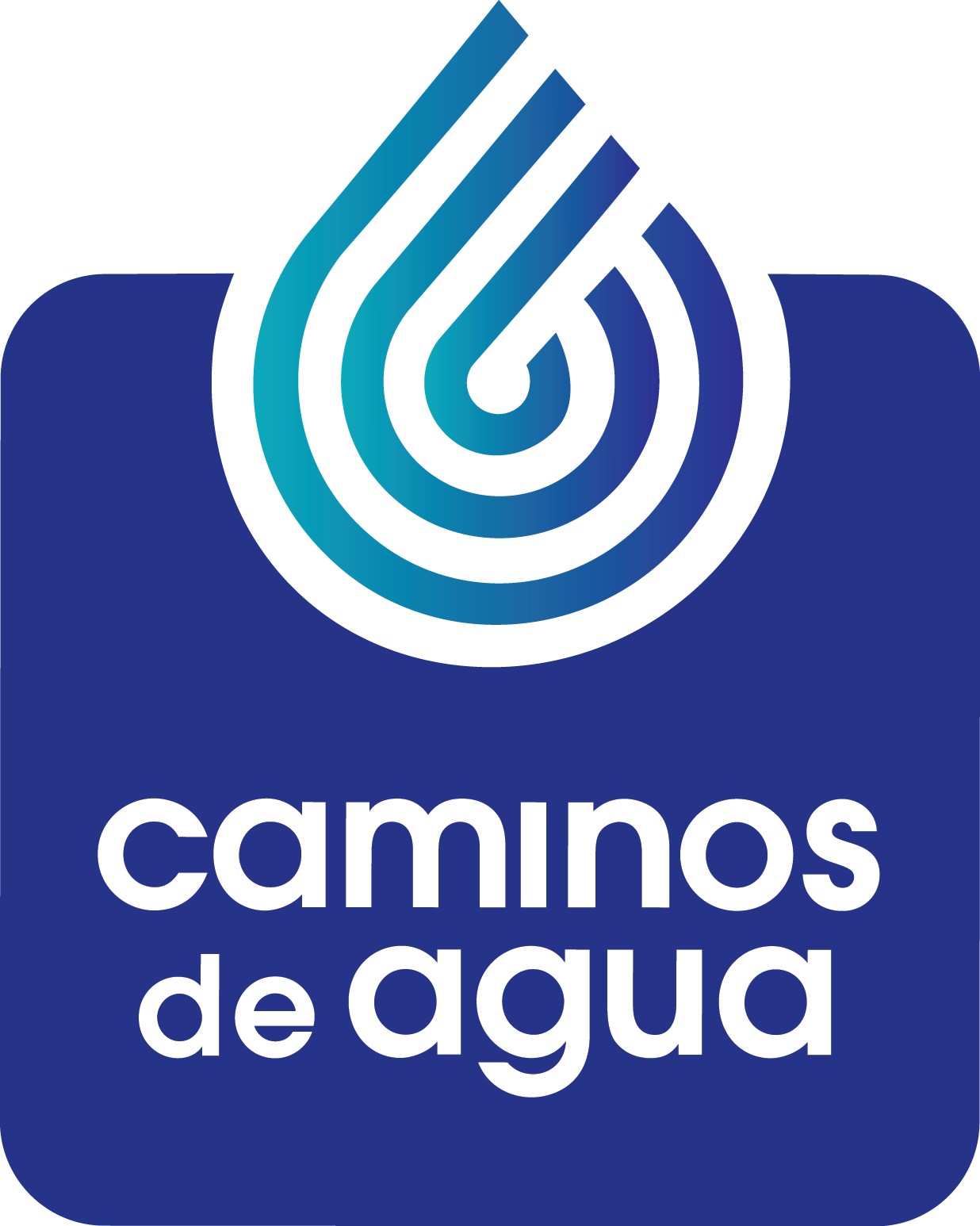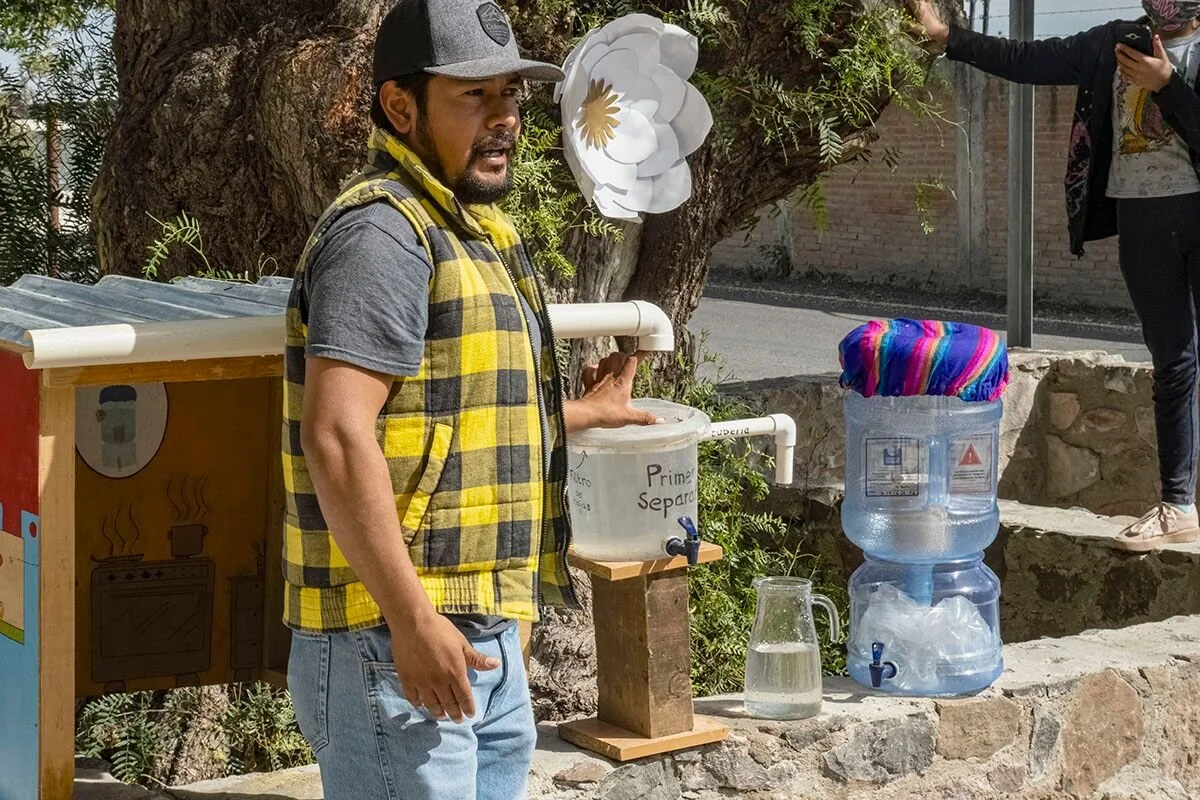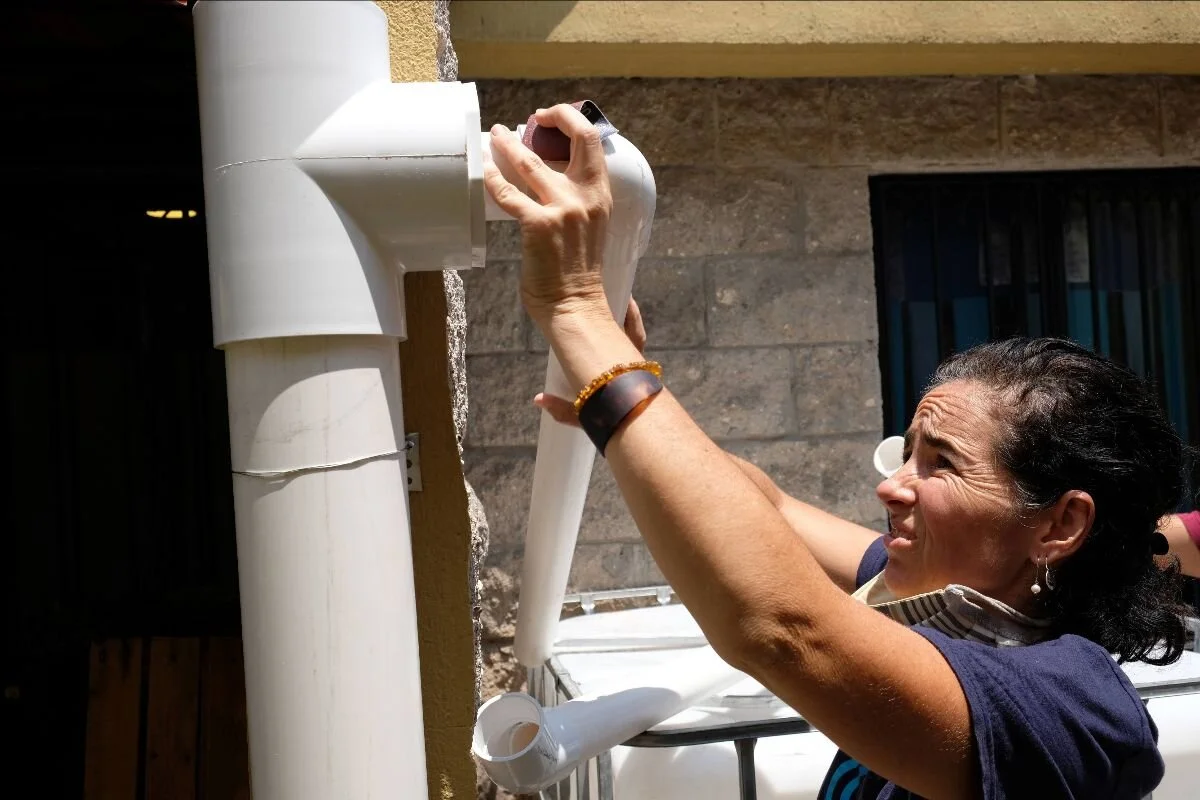Who Owns the Rain?
The Rain Belongs to Everyone
There are more than 680,000 people living in roughly 2,800 rural and urban communities, including San Miguel de Allende, in the Upper Río Laja watershed in the northern part of the state of Guanajuato. For many of these people, gaining access to clean, safe, and life-sustaining drinking water is becoming increasingly more difficult and has risen to the level of crisis.
In recent years, the export-focused agriculture industry has been overexploiting our aquifer, the main water supply in our semi-arid region, to support its rapid growth. In fact, today agriculture is using more than 85% of all the available water in our region. The result is that our water supplies are drying up as our water table is dropping up to 2-3 meters (6-8 feet) every year. The remaining available water is becoming increasingly contaminated with arsenic and fluoride as we have no choice but to drill deeper and deeper into the aquifer for water, where these contaminants are naturally present.
At Caminos de Agua, we have tested water sources containing levels of arsenic and fluoride as high as 23 and 12 times, respectively, the World Health Organization’s safety limits. The health related effects of consuming this much arsenic and fluoride are well known – dental and skeletal fluorosis (teeth get permanently damaged with brown staining and bones become brittle and deformed), skin lesions, cognitive and learning impairments in children, chronic kidney disease, and several cancers.
Photo: Saúl Juárez, Community Projects Coordinator at Caminos de Agua, making a demonstration and explaining the importance of using rainwater harvesting.
Rainwater, on the other hand, is one of nature’s purest gifts. It is inherently free of any arsenic, fluoride, or other potential chemical contaminants, and it also happens to be a completely free resource that quite literally falls on our heads. By harvesting and treating rainwater, those at risk in our region can completely forego the use of contaminated groundwater as their drinking water. But the rain here only falls for 8 weeks of the year, and now, with the effects of climate change, the rainy season is becoming shorter and rain events more erratic.
The Challenge – To Capture and Store as Much Rainwater as Possible
Even with our short rainy season, rainwater harvesting systems can capture and store enough water to provide families, communities, and schools with enough clean and safe water to last all year long. Building as many rainwater systems as we possibly can is the best way we can immediately take as many people off contaminated water as possible, preventing the maximum number of horrific health impacts. Right now, in our region, we are working with 14 different communities to build dozens of rainwater systems, by far the most ambitious effort in our history, but many more are desperately needed. If you Click Here and make a donation now, your generosity will be directly utilized to build more systems for people who need your help and our help, today.
Rainwater Harvesting isn’t Only for Rural Communities
Photo: Casilda Barajas, Director of Programs at Caminos de Agua, working on the installation of a Rainwater Harvesting System in her house in San Miguel de Allende.
In Northern Guanajuato, water contamination issues are by no means limited to rural communities. At Caminos de Agua, we have been primarily working with rural communities for the past ten years because that is where we see the most urgent and serious needs. But all of us in our watershed are using the same water – including San Miguel de Allende, Dolores Hidalgo, and several other urban centers . While the urban dwellers most seriously affected by this crisis are those living on the periphery of municipalities and the more underprivileged neighborhoods, the fact remains that all residents must become educated about the state of their water and what they can do about it – and it’s becoming a higher priority every day.
If you live in this region, do you know what’s in your water? Do you know that there are solutions you can install in your own home to filter water or to collect and store rainwater? Did you know that rainwater is not only one of the safest water sources locally, but it can also be the most affordable? In fact, rainwater can save many families $7,000 - $9,000 pesos a year in bottled water.
At Caminos de Agua, we have created manuals, materials, and even an online rainwater harvesting calculator – all available to you for free, right now, and we are happy to help you learn and understand your options better. Just respond to this email, and someone from our experienced team will be in touch with you as soon as possible.
Photo: Casilda, Director of Programs of Caminos de Agua, at San Cayetano Community Center showing how to use the Ceramic Water Filter, the final phase of the Rainwater Harvesting System.
Working Together for the Benefit of All
The health of both our rural and urban communities is the most critical aspect for maintaining a well functioning, strong, and thriving region. We think that striving towards that goal must be the concern to all of us.
While this “Rainy Season Campaign” is focused on rainwater harvesting, Caminos de Agua is leading the fight for clean water for everyone through a very comprehensive approach. We are developing new and original technological solutions customized for our region. We work in partnership with both rural and urban communities to implement solutions. We are collaborating with other NGOs as well as government on various levels to impact long-term public water policies. We monitor and document water quality throughout the region and greater Mexico, and we raise awareness broadly and educate diverse audiences throughout our watershed and well beyond. But in order to continue to increase the scope of our work as the crisis gets worse, we need your help. Please consider making a donation today. Thank you.






